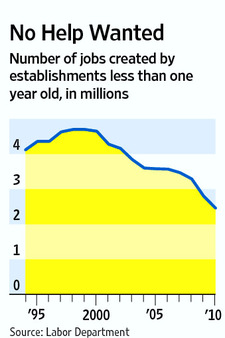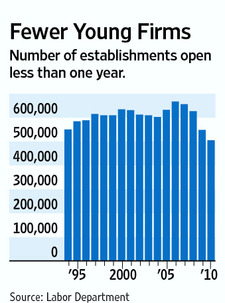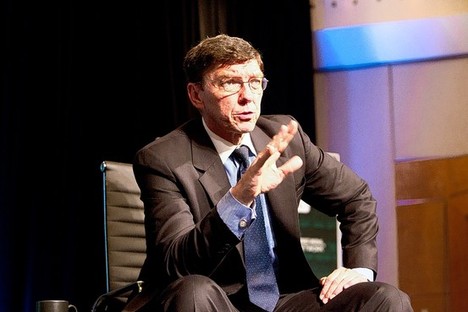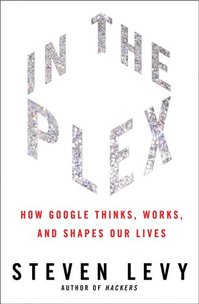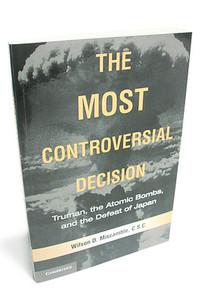(p. 372) At last the world had baths that looked good and stayed looking good for a long time. But they were still extremely expensive. A bath alone could easily cost $200 in 1910 – a price well beyond the range of most households. But as manufacturers improved the processes of mass manufacture, prices fell and by 1940 an American could buy an entire bath suite – sink, bath and toilet – for $70, a price nearly everyone could afford.
Elsewhere, however, baths remained luxuries. In Europe a big part of the problem was a lack of space in which to put bathrooms. In 1954 just one French residence in ten had a shower or bath. In Britain the journalist Katharine Whitehorn has recalled that as recently as the late 1950s she and her colleagues on the magazine Woman’s Own were not allowed to do features on bathrooms as not enough British homes had them, and such articles would only promote envy.
Source:
Bryson, Bill. At Home: A Short History of Private Life. New York: Doubleday, 2010.

